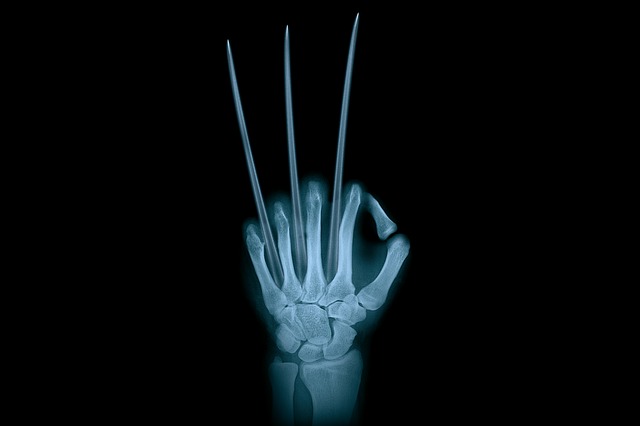
Regenerating body parts might continue to remain in the realm of science fiction. But when it comes to growing replacement organs, we might have better luck.
Thanks to zebrafish — a small, fast-growing fish native to Southeast Asia — researchers from Australia’s Monash University have made a discovery that could someday allow us to grow our own replacement organs. Such would revolutionize the health care industry in a hurry as it would effectively bring to an end the era of waiting desperately in line for a viable organ donor, and thousands of lives would be saved as a result of it.
Zebrafish have often been used as a model for humans because of our many similarities with them. This includes having the same major organs like a brain, a heart, a kidney, two eyes, a mouth, blood, muscles and bones. Plus, 70% of human genes can also be found in zebrafish.
Apart from these similarities, studying zebrafish has now allowed the Monash University team to identify a protein that serves a central role in promoting muscle growth. The protein is called Meox1. It’s found in stem cells and in zebrafish, it looks to be directing muscle growth by choosing which stem cells are relevant for growing the specific organ tissue needed, rather than simply waiting for stem cells to divide at random.
The discovery is significant because more than simply showing what it is that stem cells do, it also shows how the stem cells actually do what they do. It’s not that researchers don’t already know that it is stem cells which are responsible for growing living tissue within the body. It’s just that it is only now that they are beginning to understand the mechanism behind it.
As explained by research team lead Professor Peter Currie, also the Director of Monash University’s Australian Regenerative Medicine Institute: ‘Prior to our work in this field, we didn’t even know that these growth-specific stem cells existed or how they were used. Just knowing that they exist leads us to the possibility of orchestrating them, controlling them, or reactivating them to regrow damaged tissue. If we’re ever going to grow complete organs in the laboratory or directly in a patient’s body, we have to know how to grow them properly.’
With this newfound knowledge, it may eventually become possible to manipulate specific stem cells to regrow damaged tissue. In time, it could also lead to the ultimate goal of producing lab-grown replacement organs. Organ donors would no longer be needed then. And the problem of a transplanted organ being rejected and attacked by a patient’s immune system will be eliminated because the organ will be made from the patient’s own stem cells.
That’s still several years away, though, but that is what this discovery could potentially lead to. And that’s something to look forward to.
The research was recently published in the journal Cell Stem Cell.

Leave a Reply